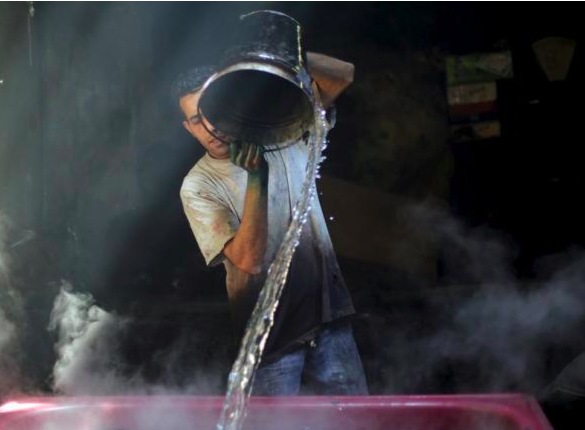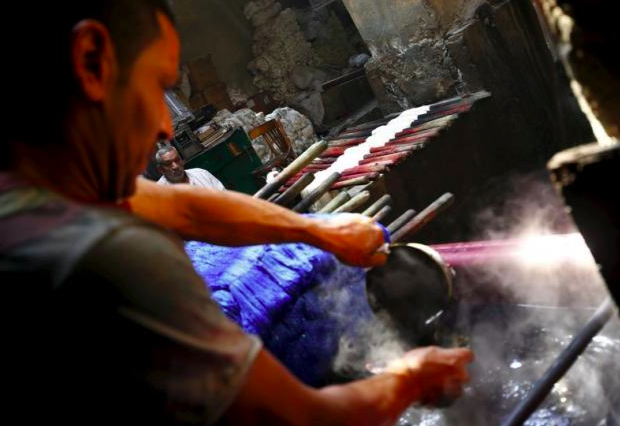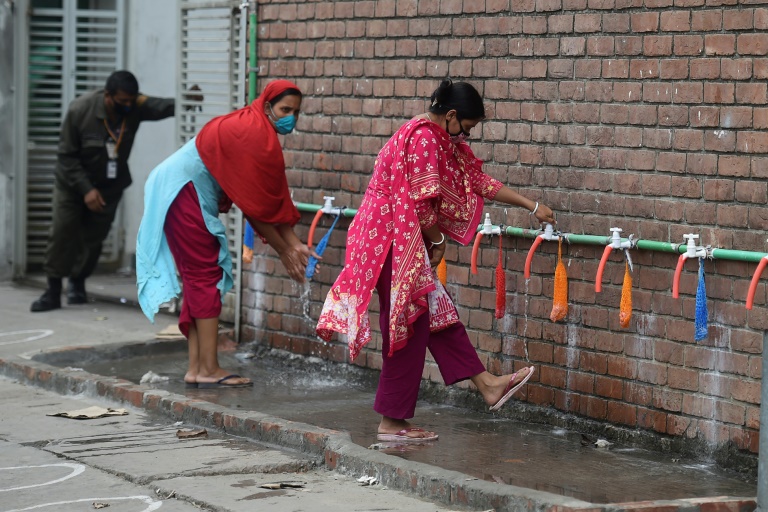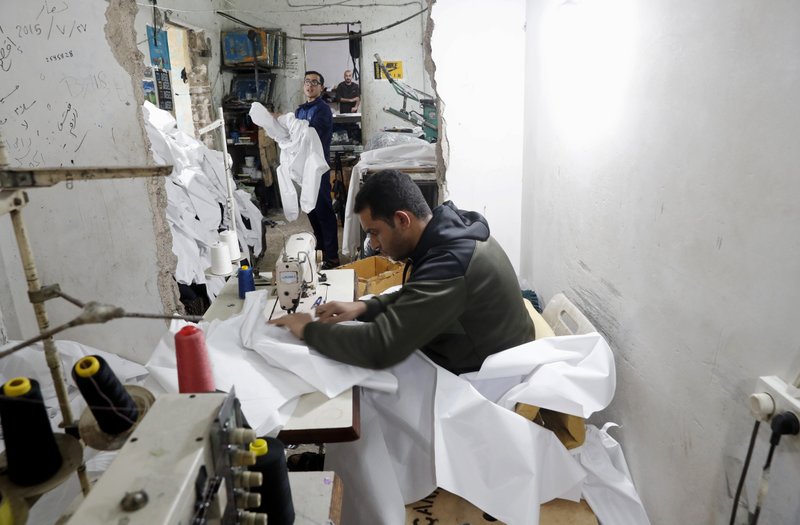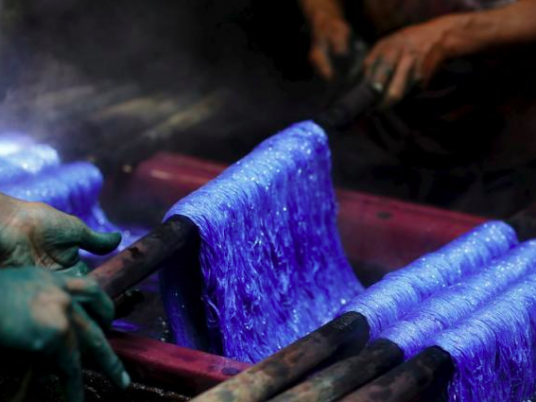
One of the last traditional dyeing workshops in Egypt is under threat from the foreign-currency crisis and competition from modern factories, both at home and in Asia.
However, Mohamed Mostafa, one of the workshop's owners takes comfort in the trade's resilience. With a history dating back 3,000 years, he says, Egypt's dyeing industry can survive anything.
"It is sick but it won't die," said Mostafa, who runs the grimy workshop built in 1901 along with his father and brothers. "If God is willing it will last another 100 years."
Mostafa says prices for raw materials have exploded since an uprising ousted President Hosni Mubarak in 2011, triggering political upheaval and bringing the economy to its knees.
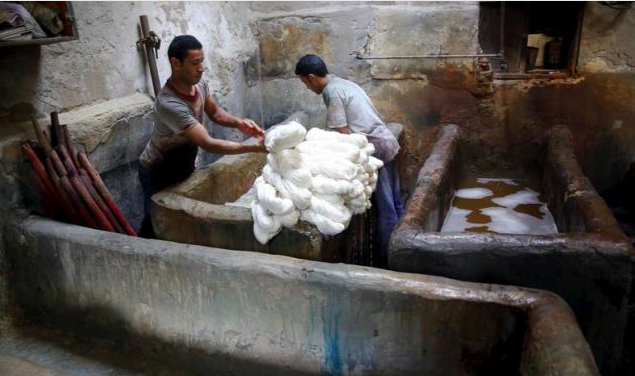
Before those days, when protests in Tahrir Square raised high hopes of a bright future for millions of Egyptians, the small workshop used to bring in around LE700 a week. That has now fallen to LE400.
A shortage of dollars needed for the purchase of goods has also taken its toll on the small business, which once had numerous workers.
The workshop, with its old television and water jugs covered in dirt, faces fierce competition from factories in countries such as China and India.
The shop, which dyes material used for shirts and sheets and other goods, takes about three days to turn around the product, relying on a father and two sons to run the show, compared with about 15 people before Mubarak's demise.
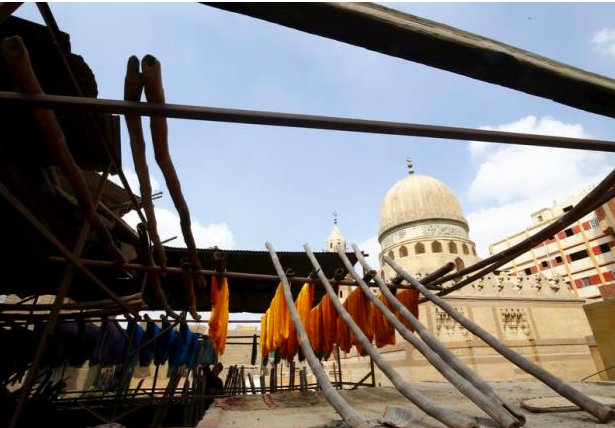
Still, history suggests obstacles can be overcome. The trade goes back to First Dynasty, 3,100 years before Christ.
Born in 1937, Salama Mahmoud Salama still exudes pride despite the challenges after 42 years on the job. He speaks of customers from Cairo, Alexandria and Aswan as he sits beside sacks near a poster of a politician with Happy New Year wishes glued to a wall.
"At first Egypt traded in cotton and silk now they import so the industry is weak," said Salama, dark-skinned and wearing a white skull cap. "Before there was funding by the government."
Puffing on a cigarette, Mostafa still takes great pride in his profession.
His t-shirt, covered in dye stains, speaks volumes about the amount of work he puts in, hoping to overcome the odds while toiling away in the workshop surrounded by narrow alleyways in the Darb al-Ahmar area of informal settlements in old Cairo.
He says there are only four workshops like his in all of Egypt.
"Handwork is better. You have greater control over the color in phases," he said, recalling how his trade once produced goods in high demand on the same level as tea and sugar.
